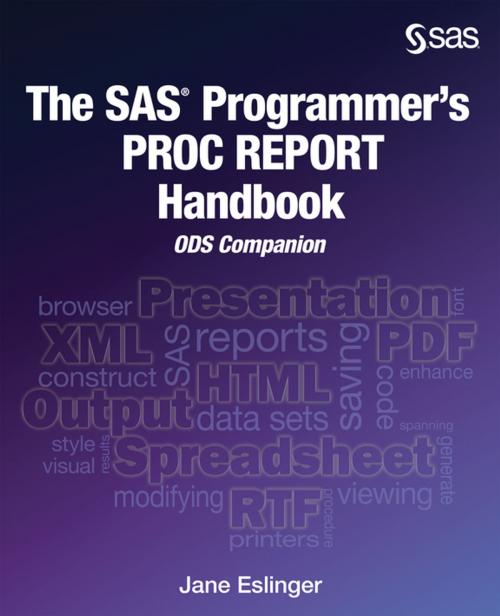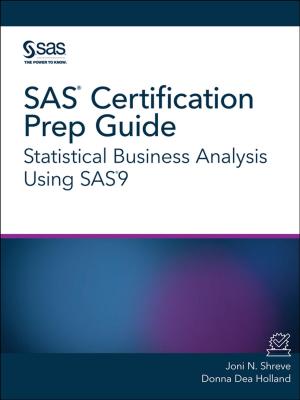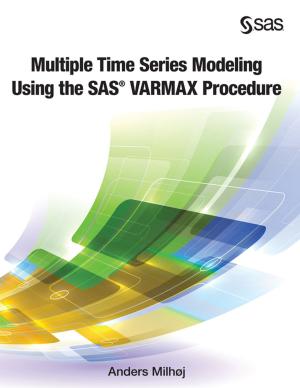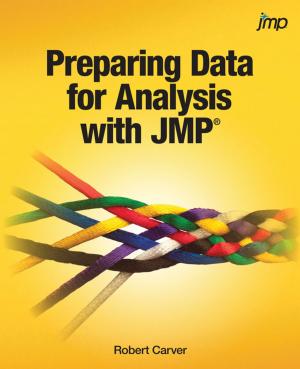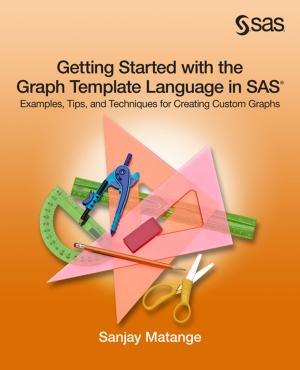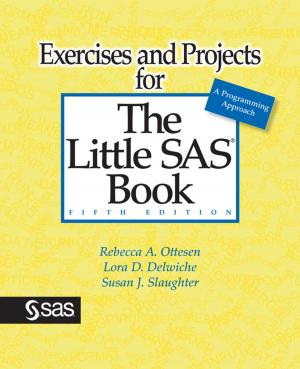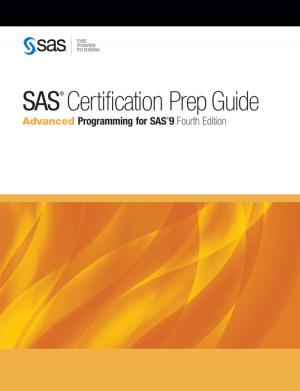The SAS Programmer's PROC REPORT Handbook
ODS Companion
Nonfiction, Computers, Application Software, Business Software| Author: | Jane Eslinger | ISBN: | 9781635263534 |
| Publisher: | SAS Institute | Publication: | March 16, 2018 |
| Imprint: | SAS Institute | Language: | English |
| Author: | Jane Eslinger |
| ISBN: | 9781635263534 |
| Publisher: | SAS Institute |
| Publication: | March 16, 2018 |
| Imprint: | SAS Institute |
| Language: | English |
Generate reports with style! The SAS Programmer's PROC REPORT Handbook: ODS Companion explains how to use style elements within a style template to customize reports generated by PROC REPORT, leading to more appealing and effective business reports.
Many programmers are faced with generating reports that are easy to read and comprehend for a wide variety of audiences, which is where the ODS destinations and style changes come into play. This book teaches you how to use style elements in PROC REPORT, a versatile reporting procedure, to customize your output. Mastering style elements allows you to change visual aspects of reports, such as borders, column widths, fonts, backgrounds, and more. This companion to The SAS Programmer’s PROC REPORT Handbook: Basic to Advanced Reporting Techniques explores how the style elements within a style template affect the output generated by PROC REPORT. It provides examples of altering the style elements and the effect on the main ODS destinations, while also discussing common pitfalls that programmers can avoid while working with tables, Microsoft Excel, Microsoft Power Point, and PDF output.
Generate reports with style! The SAS Programmer's PROC REPORT Handbook: ODS Companion explains how to use style elements within a style template to customize reports generated by PROC REPORT, leading to more appealing and effective business reports.
Many programmers are faced with generating reports that are easy to read and comprehend for a wide variety of audiences, which is where the ODS destinations and style changes come into play. This book teaches you how to use style elements in PROC REPORT, a versatile reporting procedure, to customize your output. Mastering style elements allows you to change visual aspects of reports, such as borders, column widths, fonts, backgrounds, and more. This companion to The SAS Programmer’s PROC REPORT Handbook: Basic to Advanced Reporting Techniques explores how the style elements within a style template affect the output generated by PROC REPORT. It provides examples of altering the style elements and the effect on the main ODS destinations, while also discussing common pitfalls that programmers can avoid while working with tables, Microsoft Excel, Microsoft Power Point, and PDF output.
